Philippine Agoho Tree
- October 30, 2024
- 0 comment
The Philippine Agoho Tree, scientifically known as Casuarina equisetifolia, is a tall, evergreen species valued for its ecological benefits and cultural significance in Southeast Asia, particularly in the Philippines.
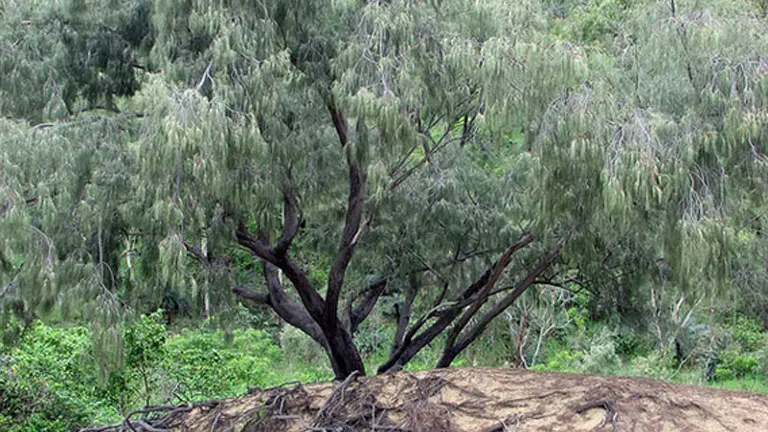
This resilient tree, sometimes called the “she-oak” or “whistling pine,” is part of the Casuarinaceae family and plays a crucial role in coastal ecosystems. The Philippine Agoho helps stabilize soils and prevent coastal erosion, making it an important species for environmental conservation and ecosystem health.
What Is a Philippine Agoho Tree?
The Philippine Agoho Tree is a unique species within the Casuarinaceae family, with distinct features that differentiate it from other coastal trees. Known for its tall, slender structure, the tree resembles a pine but is not related to true pines. Casuarina equisetifolia has fine, needle-like leaves and tiny, cone-like structures that produce seeds. Its bark is dark, rough, and fissured, adding to its characteristic appearance.
One interesting feature of the Agoho is its ability to fix nitrogen in the soil through a symbiotic relationship with actinobacteria in its roots. This capability not only helps improve soil fertility but also supports neighboring plant species, making it a valuable component of nutrient-poor coastal environments. Typically, Agoho trees can live for several decades, contributing significantly to the biodiversity of their habitats.
| Characteristic | Description |
|---|---|
| Scientific Name | Casuarina equisetifolia |
| Family | Casuarinaceae |
| Growth Rate | Moderate to fast, especially in coastal areas |
| Height | Typically 30-60 feet, but can reach up to 100 feet |
| Strength | Strong and resilient, capable of withstanding coastal winds and saline conditions |
| Versatility | Used for coastal stabilization, windbreaks, and reforestation |
| Environmental Impact | Prevents coastal erosion, improves soil quality, and supports nitrogen-fixing bacteria |
| Cultural Significance | Known in the Philippines for coastal protection and as a symbol of resilience |
| Symbolism | Represents endurance and stability in coastal environments |
| Habitat | Grows in sandy, saline soils along tropical and subtropical coastlines |
| Sustainability | Drought-tolerant and capable of thriving in nutrient-poor soils, with minimal resource needs |
| Species Diversity | Part of the Casuarina genus, with related species adapted to various habitats |
Different Types of Philippine Agoho Tree Species
While Casuarina equisetifolia is the primary species recognized as the Philippine Agoho, other members of the Casuarina genus exist, each with its unique adaptations and appearances. Some closely related species include:
Casuarina Cunninghamiana (River She-Oak)
Commonly found near rivers and inland areas, this species has a bushier appearance and shorter stature than the Philippine Agoho.
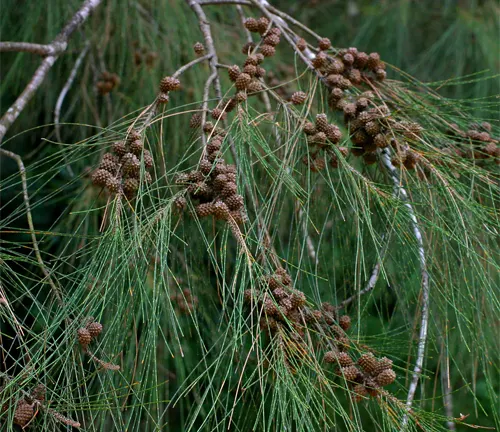

Casuarina Glauca (Swamp She-Oak)
Preferring wetter environments, this species is adaptable to swampy areas and is commonly found in Australia.
These species vary in size and growth habit, but all share the Casuarina family’s characteristic needle-like foliage and cone-bearing branches. Their ecological importance is evident in their ability to withstand challenging environments and contribute to soil stabilization in their respective habitats.
Where Do Philippine Agoho Trees Grow?
The Philippine Agoho Tree naturally grows along tropical and subtropical coastlines, from Southeast Asia to Australia and parts of the Pacific Islands. Preferring sandy or rocky coastal soils, these trees thrive in harsh, saline conditions where few other trees can survive. In the Philippines, the Agoho is often found near beaches, stabilizing sand dunes and acting as a buffer against coastal erosion.
How to Grow and Care for Philippine Agoho Tree
Growing a Philippine Agoho in a home garden requires an understanding of its environmental needs:
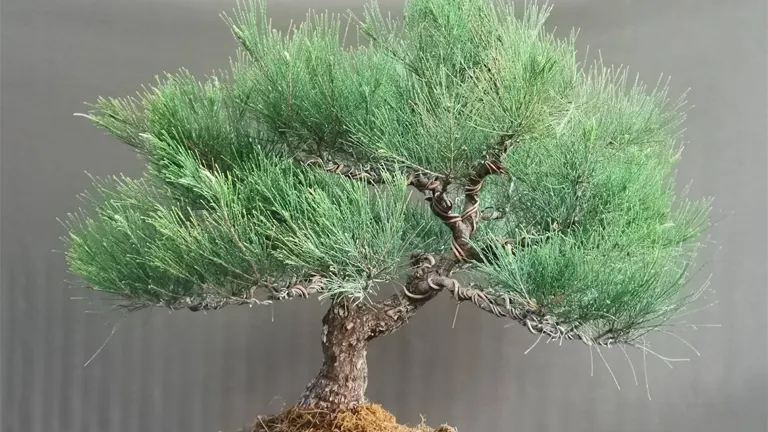
- Soil: The Agoho prefers sandy, well-draining soils and can even grow in nutrient-poor conditions due to its nitrogen-fixing abilities.
- Watering: While drought-tolerant, the Agoho should be watered moderately until established.
- Sunlight: It requires full sunlight for optimal growth.
Propagation of Agoho trees can be done from seeds or cuttings. Seeds are the most common method and should be sown in sandy soil and kept moist. As the tree matures, pruning may be necessary to maintain shape, and occasional pest checks will help keep the tree healthy.
Ecological Benefits of Philippine Agoho Tree
The Philippine Agoho contributes to its environment in numerous ways:
- Soil Enrichment: Through its nitrogen-fixing roots, the Agoho improves soil fertility, supporting the growth of surrounding plant species.
- Coastal Protection: Its deep root system binds sandy soil, making it essential in preventing coastal erosion and stabilizing dunes.
These benefits make the Agoho an invaluable part of its ecosystem, especially in regions vulnerable to coastal degradation and soil erosion.
Philippine Agoho Tree Flowering and Pollination
The Philippine Agoho flowers annually, although the blooms are small and inconspicuous. The flowers lack showy petals but are vital for the tree’s reproductive cycle, producing tiny cones that release seeds. The flowering process supports local wildlife, with bees and small birds often visiting the blooms for pollen and nectar.
Is Philippine Agoho Tree Drought-Tolerant?
Yes, the Philippine Agoho Tree is highly drought-tolerant, a trait that makes it suitable for dry, coastal regions with limited water availability. Its deep root system enables it to access underground water sources, making it resilient during dry spells. This tolerance also makes the Agoho a viable choice for landscaping in arid and semi-arid regions.
Philippine Agoho Tree and Wildlife Interactions
The Philippine Agoho Tree plays a supportive role in local ecosystems, providing food and shelter to various wildlife. Birds, particularly small ones, rely on the tree for nesting sites and protection, while insects and small mammals benefit from its shade and foliage. In return, some animals aid in seed dispersal, helping the tree propagate across its natural habitat.
Final Thoughts
In conclusion, the Philippine Agoho Tree (Casuarina equisetifolia) is a valuable species with significant ecological roles in coastal protection, soil stabilization, and biodiversity support. Its resilience to harsh environments and ability to improve soil health highlight its importance in maintaining coastal ecosystems and promoting environmental conservation efforts. Preserving the Philippine Agoho is essential for sustaining healthy coastal landscapes and ensuring the survival of the many species that depend on it.
Frequently Asked Questions (FAQs)
- What is the Philippine Agoho Tree?
The Philippine Agoho Tree, scientifically named Casuarina equisetifolia, is a coastal tree known for its tall, slender structure and needle-like foliage, similar to a pine. - Where does the Philippine Agoho Tree grow naturally?
It naturally grows along tropical and subtropical coastlines, especially in Southeast Asia, Australia, and the Philippines, thriving in sandy, saline coastal soils. - What is the ecological role of the Philippine Agoho Tree?
It stabilizes soil, prevents coastal erosion, and enriches soil through nitrogen fixation, supporting nearby plant and animal species. - How is the Philippine Agoho Tree different from true pines?
While it resembles a pine, it’s unrelated. Its needle-like leaves and cone-like seed structures give it a pine-like look, but it belongs to the Casuarinaceae family. - Is the Philippine Agoho Tree drought-tolerant?
Yes, it is highly drought-tolerant due to its deep root system, which allows it to survive in dry, coastal environments. - Can the Philippine Agoho Tree be grown in home gardens?
Yes, it can be grown in home gardens, especially in coastal areas. It prefers sandy soil, full sunlight, and requires moderate watering until established. - How does the Philippine Agoho Tree contribute to biodiversity?
It provides food and shelter for local wildlife, such as birds and insects, and its nitrogen-fixing roots improve soil health for neighboring plants. - What are the flowers of the Philippine Agoho Tree like?
The tree’s flowers are small and lack petals, but they play a role in pollination, attracting bees and other pollinators essential for its reproduction.


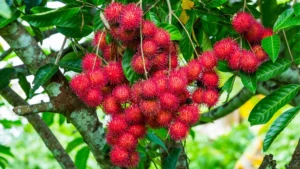
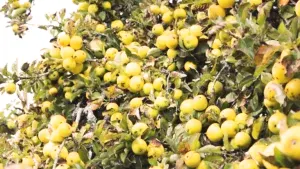

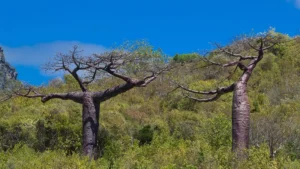
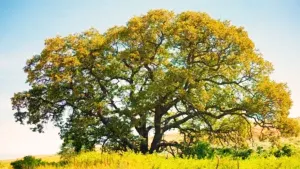

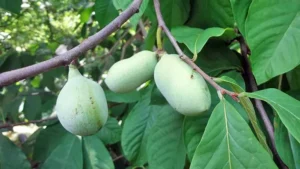
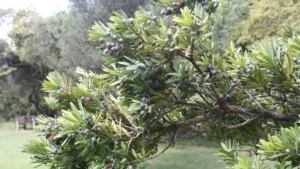


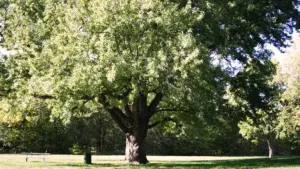
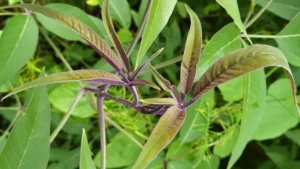
Leave your comment